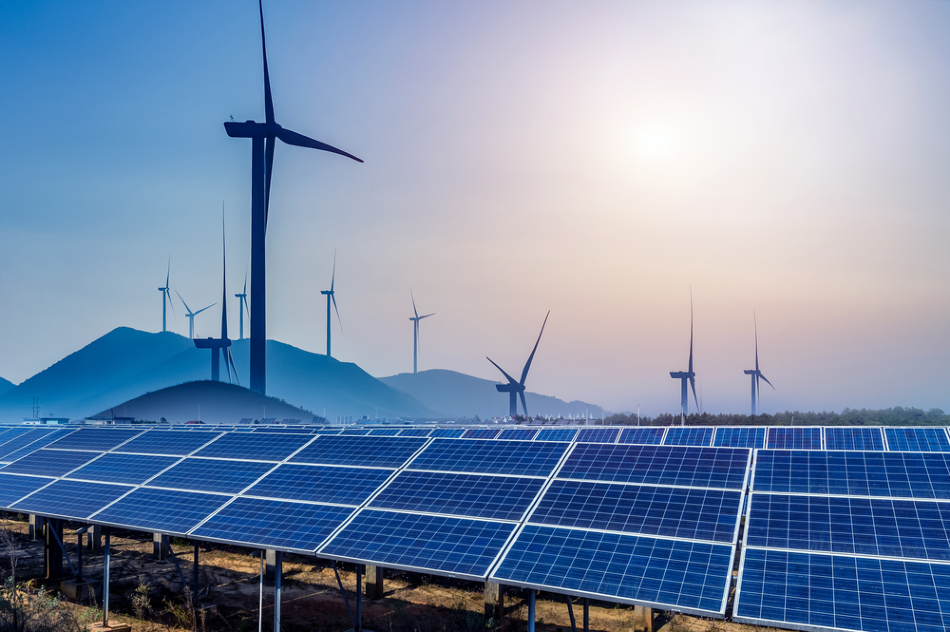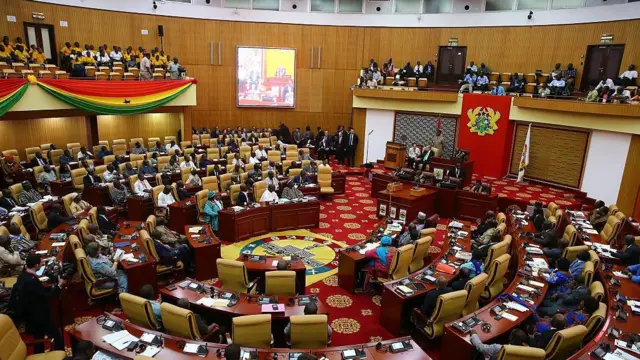The African Development Bank is financing the construction of a 343km, 400kV central-south transmission line at the cost of $530 million in Angola.
The electricity project aims at connecting the north and south transmission grids in Angola. Thus, allowing for the distribution of clean energy between the two regions.
Currently, the north of Angola mostly supplies renewable power in excess of 1,000 MW. The south on the other hand relies on the supply of expensive diesel generators, which the government supports through subsidies.

Project outcomes
By way of extending the use of clean energy, AFDB’s funding will increase transmission capacity by 2,250 MW. It will also eliminate the need for polluting, diesel-powered generators in southern provinces.
The amount of consumption of diesel per year will drastically reduce from 46.8 billion litres of diesel per year, once the project becomes operational in 2023.
This will include a substantial cut in CO2 emissions by about 80 megatons. Additionally, the government of Angola will be able to save not less than $130 million per year in diesel subsidies.
The Board of Directors of the Bank approved the financing package for the project in December 2019. The monetary commitments consist of $480 million in financing from the Bank.
This is alongside a $50 million raised from the Africa Growing Together Fund. Additionally, the People’s Bank of China is sponsoring a $2 billion facility, administered by the African Development Bank.
Coverage of the Funding
The funding covers the first phase of the Energy Sector Efficiency and Expansion Program (ESEEP) in Angola.
It is structured so as to assist the government in connecting the country’s transmission grids. As well as tackle limited operational capacity with the Angolan power distribution utility losses and reliance on subsidies from government.
Accordingly, 80% of residential customers in Angola are without meters. Thus, their non-coverage results in financial losses and reliance on government subsidies.
Moreover, the Energy Sector Efficiency and Expansion Program meters will aid the installation of 860,000 pre-paid meters and 400,000 new customers will be connected to the grid and metered.
However, at the regional level it’ll open doors for the first connection to the Southern Africa Power Pool (SAAP), a cooperation of national electricity companies in Southern Africa.
The transmission line will be the main channel for the distribution of power to the Southern provinces of Angola and Namibia. The transmission to these provinces will allow trading of power between countries in the regions.
It is worth noting that, the funding is not the first of its kind towards such a project. In 2015, AfDB approved a $1 billion power sector reform loan towards Angola’s energy sector strategy.
This funding led to the establishment of an independent regulator and opened up the sector into other components including distribution, transmission and distribution companies.
Based on a combination of earlier monetary commitments to Angola’s power sector, Angola has significantly improved electricity capacity. Other compositions such as operational efficiency and sustainability of the sector have also seen improvements.
Recent statistics indicate that from the period 2015 to 2019, Angola’s installed capacity in renewable energy rose from 1,017 MW to 2,763 MW mainly through the use of the abundant hydropower at its disposal.





















